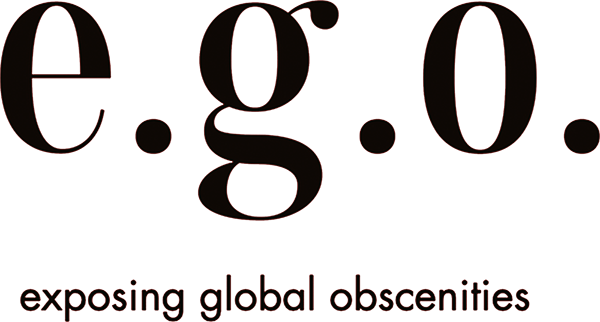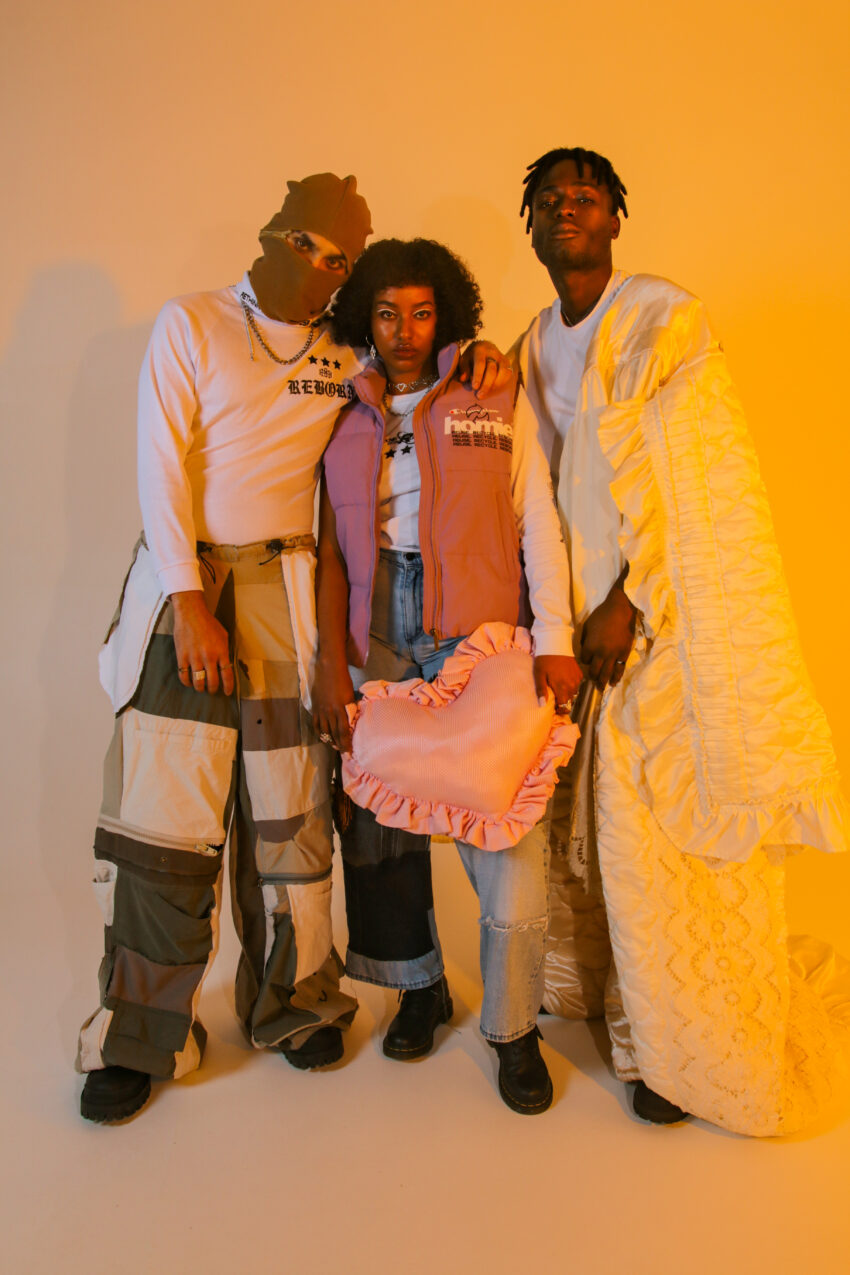
Homelessness is a notoriously difficult subject to talk about. Unfortunately, during the 80’s, moral aggrandizing attached a type of cultural structure to homelessness that caused a large amount of otherwise decent and empathetic folk to see homelessness in a specific way. A caricature of a homeless white male shaking a cup at pedestrians to buy drugs or alcohol was brought into existence by the neoliberal agenda,all at once dismissing the non-stereotypical and demographic truth of homelessness.
Unfortunately when narratives this inaccurate are propagated, they belie the actual shape of the crisis and aren’t just inaccurate, they are explicitly and demonstrably damaging to the people at the heart of them. Recently, there has been an awakening on the state of the accelerating un-homed crisis in Australia with an acknowledgment that not only are most of the “facts” of homelessness collective illusions, but that there are elements of homelessness that speak to other social issues. As always, at the heart of the surge of modern compassion is a core of intersectionality cutting through the disorientating, opaque mirage of “personal responsibility”. Today, we will have a look at some critical elements of homelessness.
The Coal Face of Homelessness
All systemic issues in neoliberal societies have the unfortunate fate of being dismissed away on the margins of the discussion. It is important to remember the human element at the core of these issues; that a person suffers the trauma/must flee their home/doesn’t know where their next bed will be. Remember that it is disproportionately indigenous Australians and specifically, indigenous women and children paying the price of this system “externality”. Remember that there is a rising tide of the elderly being un-homed due to elderly abuse, a shrinking pension support system, stripped naked after years of being peeled back by government minimalists and private interests and is set to get worse as we retire on less and less due to falling real wages. Remember that once un-homed, these people are destined for overcrowded and unsanitary shelters or cramped and “illegally parked” cars and a lifetime of stigma. Notice that none of these examples, which make up the bulk of the un-homed experience involve being on the street because being un-homed has so many more faces than we’ve been taught to see.
Who Pays and How?
As usual, the folk paying the price are disproportionately people already disadvantaged by neoliberalism or uniquely/especially vulnerable to its damaging effects. The disabled, LGBT folk (and especially children under 18), women and women of colour, indigenous Australians. Don’t forget that those 116,000 people experiencing homelessness, 4 in 10 being Indigenous, disproportionately women, often fleeing domestic violence are being denied a globally recognised UN human right. Always remember that someone is sacrificing these groups to make money somewhere else. It is difficult not to link the recently rampant speculation on the housing market and the horrific flight of housing prices, celebrated by those already privileged by land and house ownership, to the plight and expansion of the homelessness base, in one of the richest countries in the world.
The price these sacrificed pay is high and if grouped traditionally, would be a disease of monumental severity. Musculoskeletal degeneration, psychiatric illness, substance abuse, chronic disease, skin and foot problems, poor oral health, and especial vulnerability to infectious disease. Life expectancy gaps of more than 30 years is reported between the homed and un-homed, worse than smoking, alcohol abuse and most other major risk factors. We need to produce a more constructive narrative for the un-homed, one that puts community rebuilding at its core and the humans that actually experience the effect, de-stigmatizing the conversation and de-sanitizing the effects. We need to look at the results of turning our heads, either in shame or apathy, away from the real causes that affect real people. We cannot succumb to solution myopia, it doesn’t matter what should work, it matters what will.
HoMie is a Melbourne based organisation “aimed to draw awareness to the faces and stories of everyday people affected by homelessness, allowing people to share their own narrative in a dignified way, ultimately breaking down the stigma and humanising the issue.” They support supports “young people affected by homelessness or hardship to equip them with skills, confidence and experiences to be more work-ready and better prepared for their future. We are gender neutral, we are socially conscious and we are a community.” If you are able to make a contribution, click here to donate.
REFERENCES
https://www.rmit.edu.au/news/all-news/2018/aug/seven-homelessness-myths-busted
https://www.missionaustralia.com.au/stories/safe-homes/what-causes-homelessness-in-older-people
https://www.missionaustralia.com.au/stories/safe-homes/5-facts-about-homelessness
https://urbanpolicy.berkeley.edu/pdf/QR_EJHP01PB.pdf
LEARN MORE ABOUT THE SOCIAL CAUSE
Podcasts:
Their Journey Home– Youth Homelessness in Melbourne: First Nation’s Young People
Young & Homeless- S02 E03 Youth Justice Report Launch – Interview Panel
Not for Podcast- Housing the Homeless: The Solution
Not for Podcast- Housing the Homeless: The Cause

